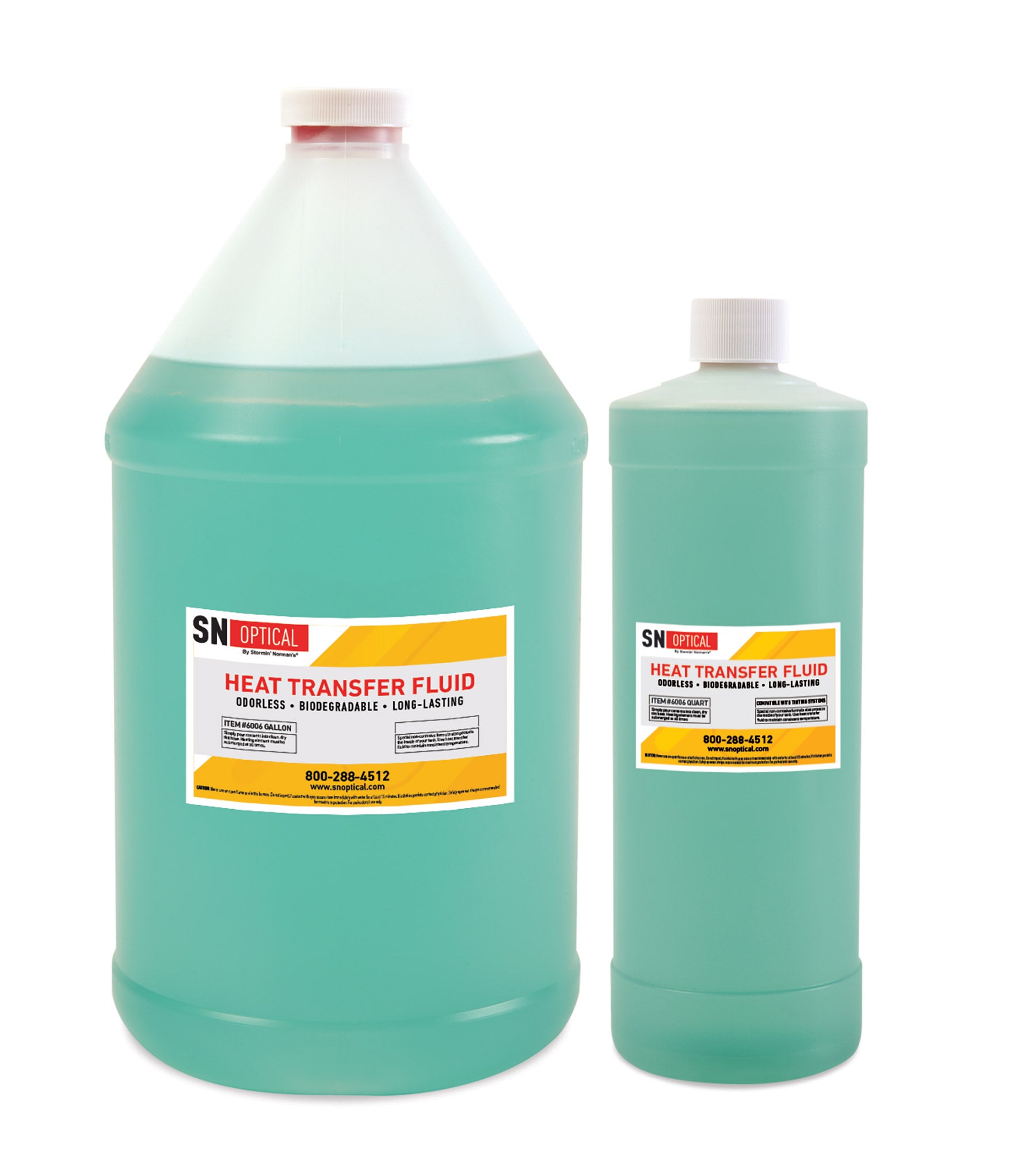Just How to Safely Deal With and Take Care Of Used Heat Transfer Fluid
Just How to Safely Deal With and Take Care Of Used Heat Transfer Fluid
Blog Article
Exactly How Heat Transfer Fluid Contributes to Sustainable and Affordable Operations
In the modern-day commercial landscape, the function of warmth transfer fluids (HTFs) in advertising sustainable and inexpensive operations can not be overemphasized. These fluids are critical in optimizing thermal administration systems, therefore dramatically enhancing energy efficiency and minimizing operational costs. heat transfer fluid. The environmental benefits of innovative HTFs, with their high thermal stability and low toxicity, are obvious.
Understanding Warm Transfer Liquids
In the realm of thermal administration, warm transfer fluids (HTFs) act as vital agents for moving thermal energy from one area to another. These liquids play a critical function in various commercial applications, consisting of chemical processing, power generation, and heating and cooling systems. HTFs are specifically crafted to operate within a vast range of temperature levels, effectively helping with the transfer of heat while preserving a steady thermal account. Their capability to function under severe conditions-- whether heats or cryogenic degrees-- makes them essential in environments demanding exact thermal control.
The structure of heat transfer liquids can differ significantly, consisting of choices such as mineral oils, artificial oils, glycols, and molten salts. Each kind uses distinctive benefits, such as enhanced thermal stability, reduced viscosity, and high boiling points, which are selected based upon particular operational requirements. Furthermore, the option of HTF effects not only the efficiency of warm transfer however likewise the long life and safety and security of the system in which it is utilized.
As industries continue to innovate, the advancement of innovative HTFs, defined by their enhanced thermal conductivity and minimized environmental effect, is essential for meeting the needs of modern-day thermal administration challenges.

Enhancing Energy Efficiency

Improving energy performance has become an extremely important issue throughout various markets, prompting a better assessment of warmth transfer liquids' role in enhancing thermal administration systems. These fluids are essential to keeping the preferred temperature in procedures, thereby reducing power waste and improving overall system effectiveness. By picking a suitable warm transfer liquid, sectors can significantly improve their energy performance, leading to minimized energy usage.

Advanced solutions of heat transfer liquids have been established to endure extreme temperatures while keeping security and effectiveness. These advancements prolong the operational life-span of the liquid, lowering the frequency of replacements and energy-intensive upkeep activities. Moreover, the use of synthetic or bio-based fluids supplies additional benefits in regards to minimized ecological influence, aligning with worldwide sustainability goals. Consequently, boosting energy performance with optimal warm transfer liquid selection is not just a technological requirement however likewise an environmental essential.
Decreasing Operational Prices
Operational expenses are a considerable factor to consider for industries looking for to keep affordable advantage, and the selection of heat transfer fluid plays an essential role in price management. Choosing a proper warm transfer fluid can result in considerable cost savings by boosting system efficiency and reducing power consumption. High-performance fluids minimize thermal destruction, which subsequently decreases the frequency of fluid substitute and downtime connected with upkeep, thereby decreasing operational expenditures.
In addition, heat transfer liquids with exceptional thermal stability and deterioration resistance extend the life-span of devices. This decreases the requirement for constant repairs and substitutes, which can be pricey and disruptive to procedures. By buying premium fluids, sectors can attain long-lasting reductions in upkeep costs and boost the reliability of their systems.
Additionally, progressed heat transfer liquids usually show lower thickness at operating temperature levels, which enhances pump check it out effectiveness and decreases energy use in liquid blood circulation. This optimization of power usage directly equates right into lowered functional expenses. Lots of contemporary warm transfer fluids are crafted to run properly over a large temperature array, decreasing the need for several liquid kinds, thus enhancing inventory needs and reducing connected expenses. These variables collectively add to even more sustainable and affordable procedures.
Ecological Influence Reduction
The press in the direction of decreasing ecological influence has gotten momentum in markets leveraging heat transfer fluids. Warmth transfer liquids (HTFs) play a crucial role in this shift, offering opportunities to improve energy performance and lower discharges - heat transfer fluid.
Moreover, the usage of sophisticated warmth transfer fluids adds to better system effectiveness, reducing the general power intake. This reduction not only leads to price savings yet additionally decreases co2 discharges, assisting in the battle versus climate modification. Liquids that are eco-friendly and recyclable better boost sustainability initiatives, as they lessen waste and advertise round economic situation methods.
Furthermore, including HTFs right into closed-loop systems stops fluid loss and contamination of the surrounding setting. This technique makes sure that fluids are recycled, minimizing the demand for brand-new sources and restricting waste generation. By welcoming these ecologically conscious techniques, markets can substantially reduce their ecological effect while maintaining high functional effectiveness, lining up with worldwide sustainability goals and regulative requirements.
Selecting the Right HTF
Choosing the suitable warm transfer liquid (HTF) is an important step in advancing environmental sustainability within industrial procedures - heat transfer fluid. An excellent HTF ought to have a high thermal capability, low viscosity, and high thermal conductivity to make certain reliable heat transfer.
When choosing an HTF, it is necessary to consider its compatibility with system materials to avoid rust and chain Learn More Here reaction. This makes certain durability see post and minimizes maintenance costs. In addition, the fluid must be non-toxic and naturally degradable, lessening its ecological footprint and guaranteeing compliance with environmental policies. The lifecycle cost of the HTF, incorporating purchase, operation, and disposal, must likewise be reviewed to make certain financial usefulness.
Final Thought

Report this page